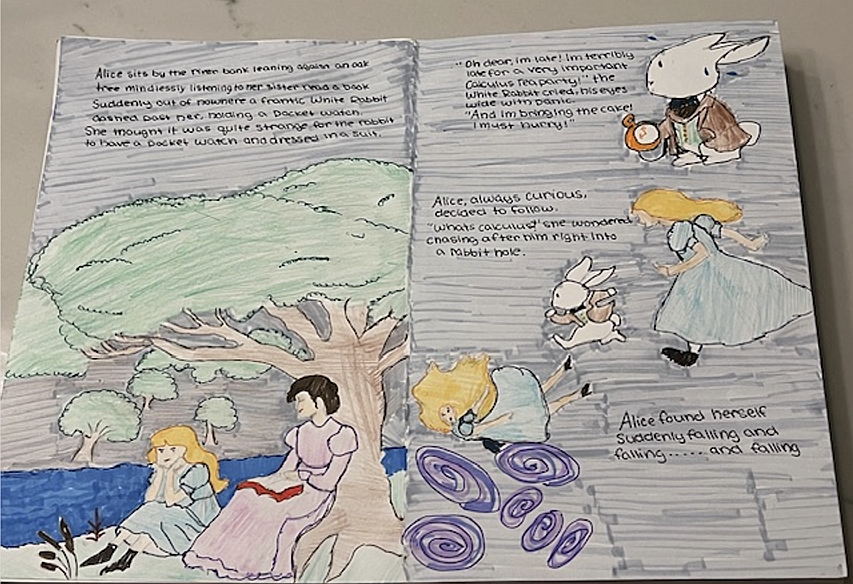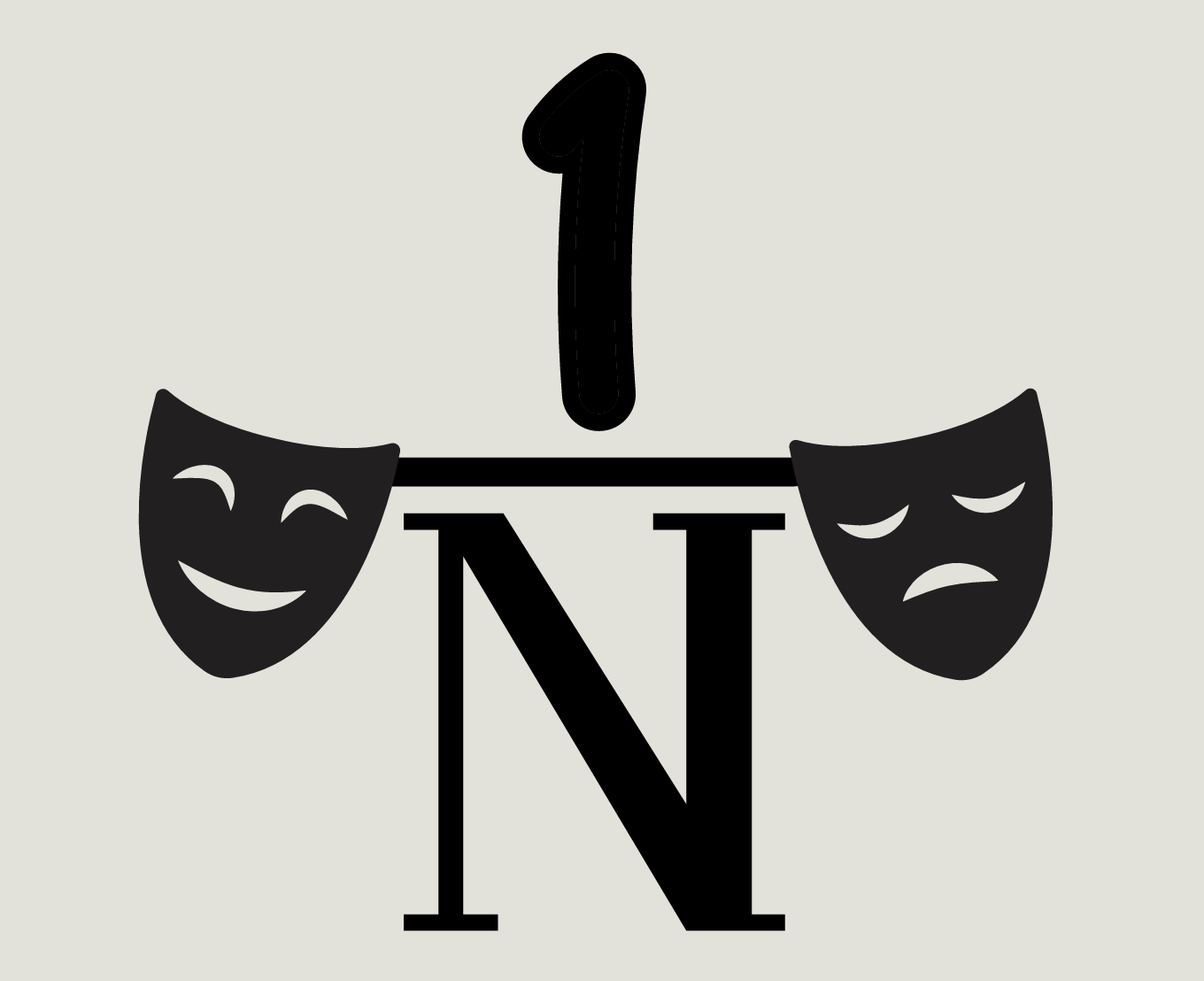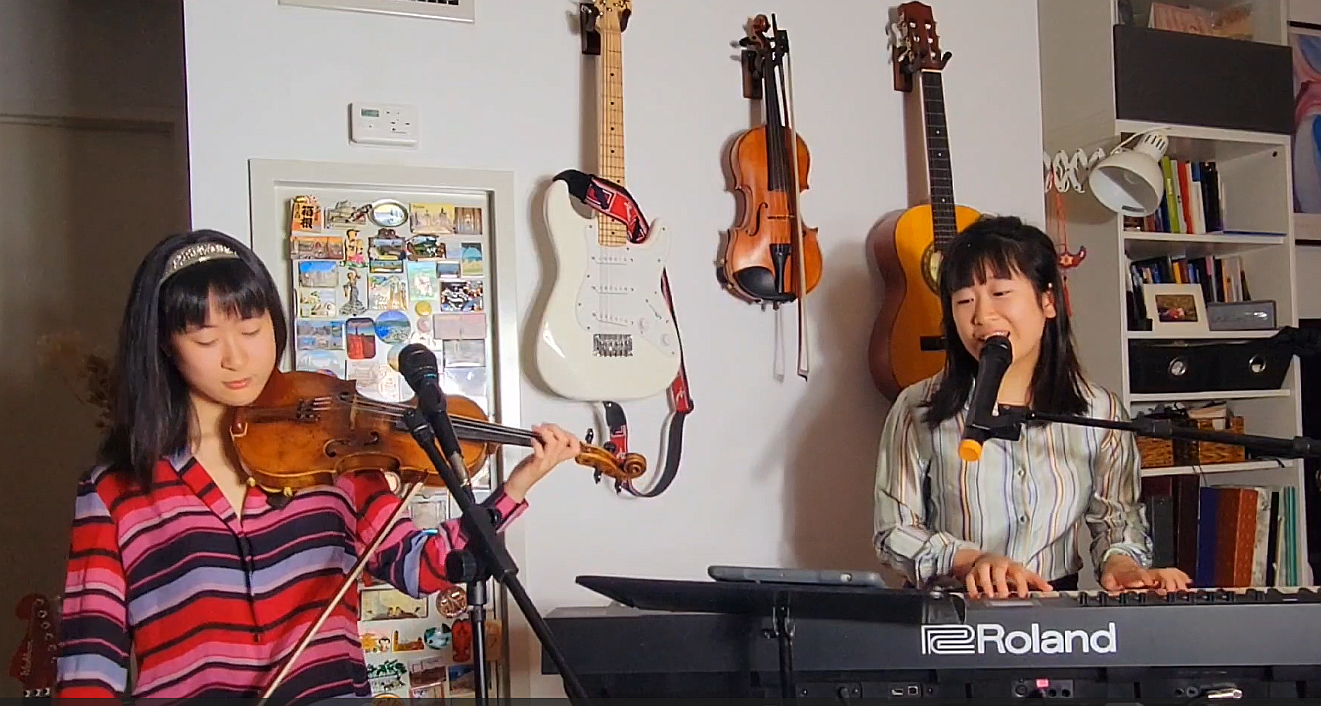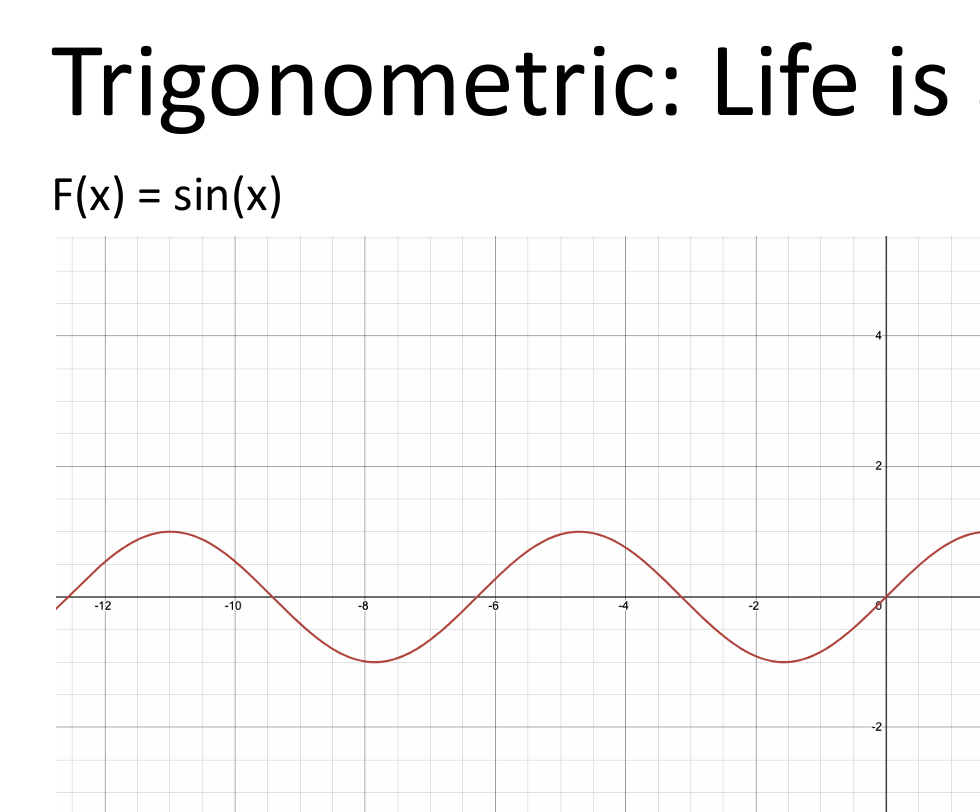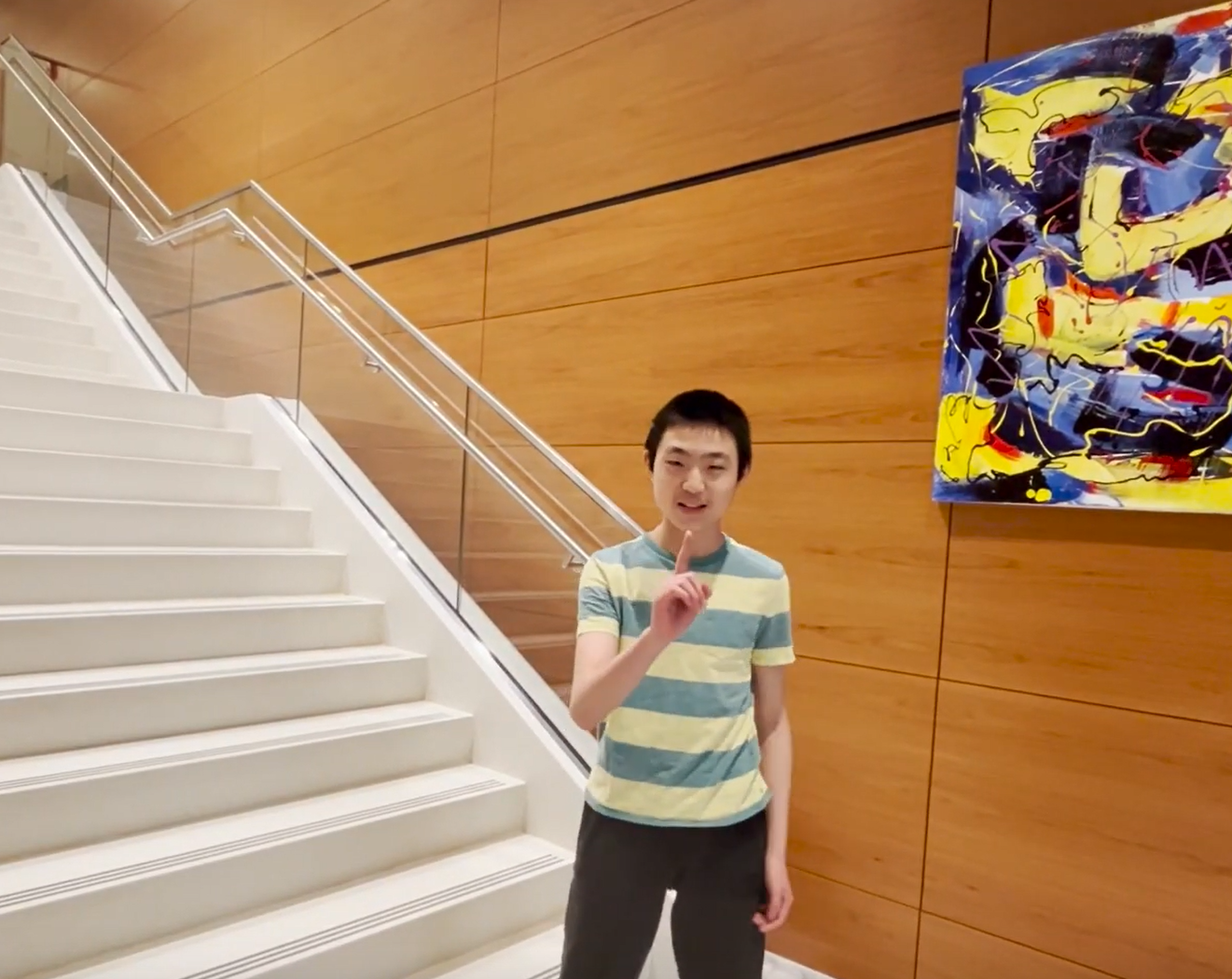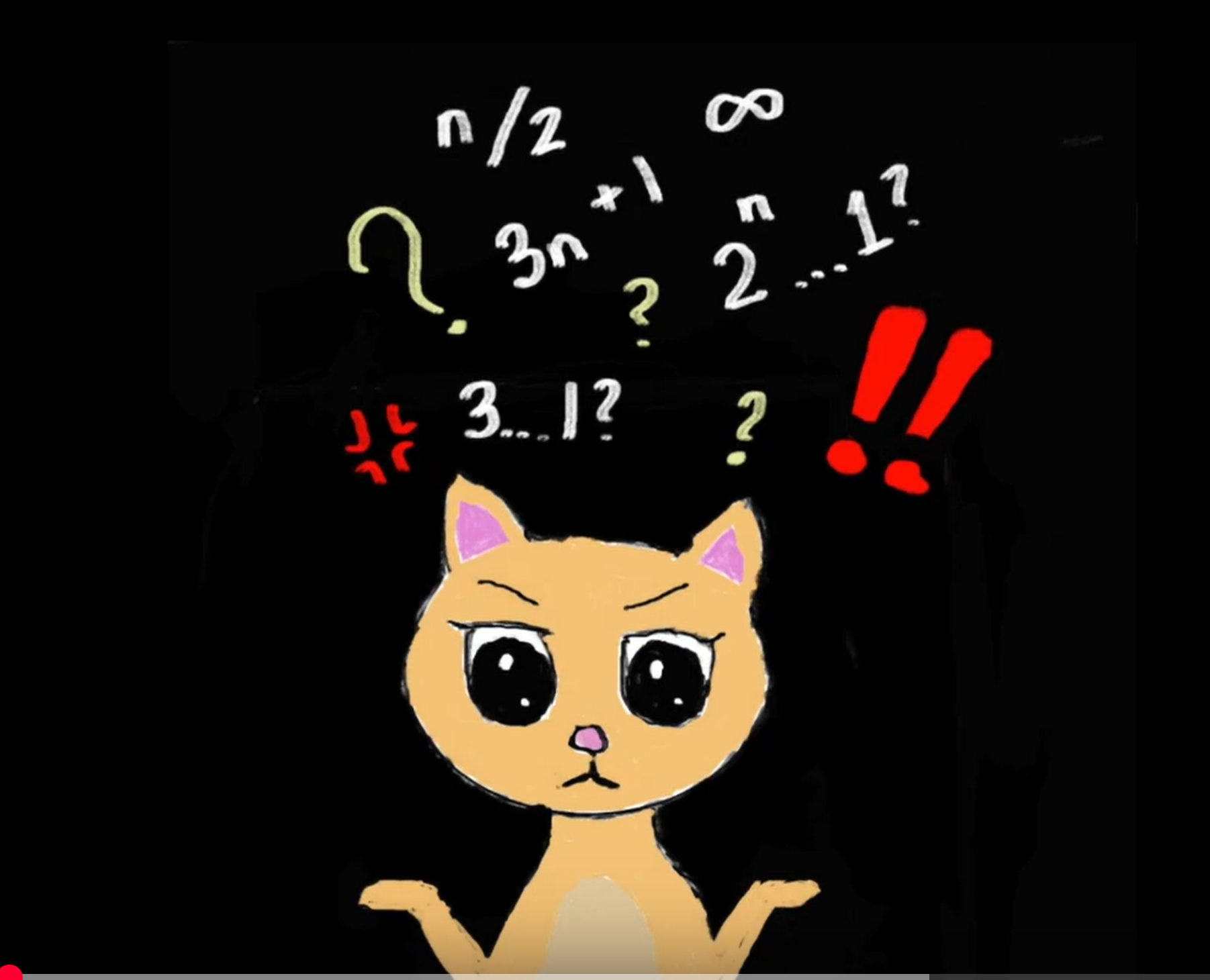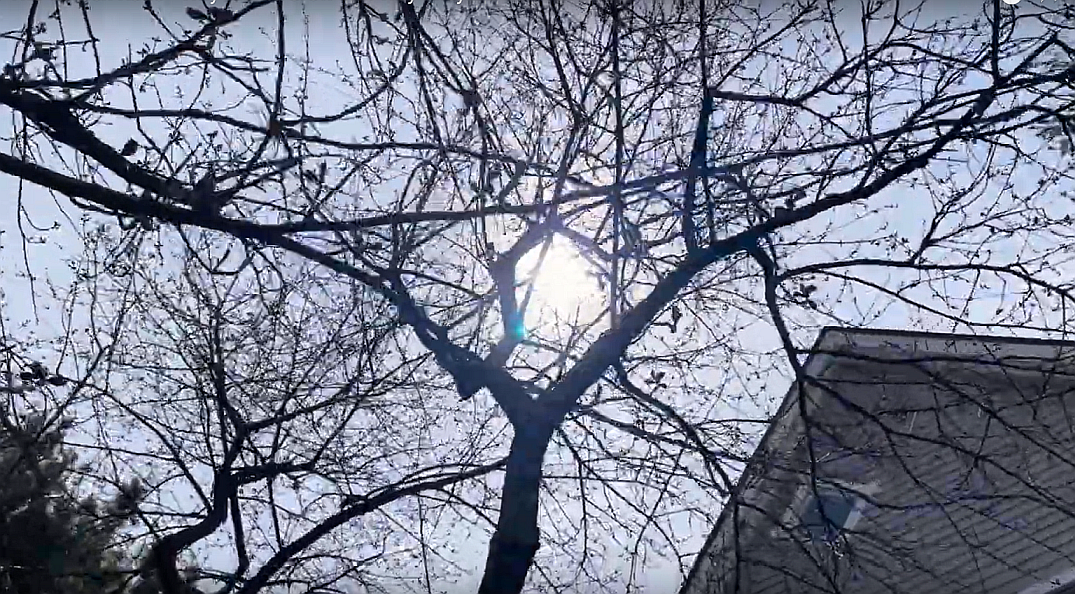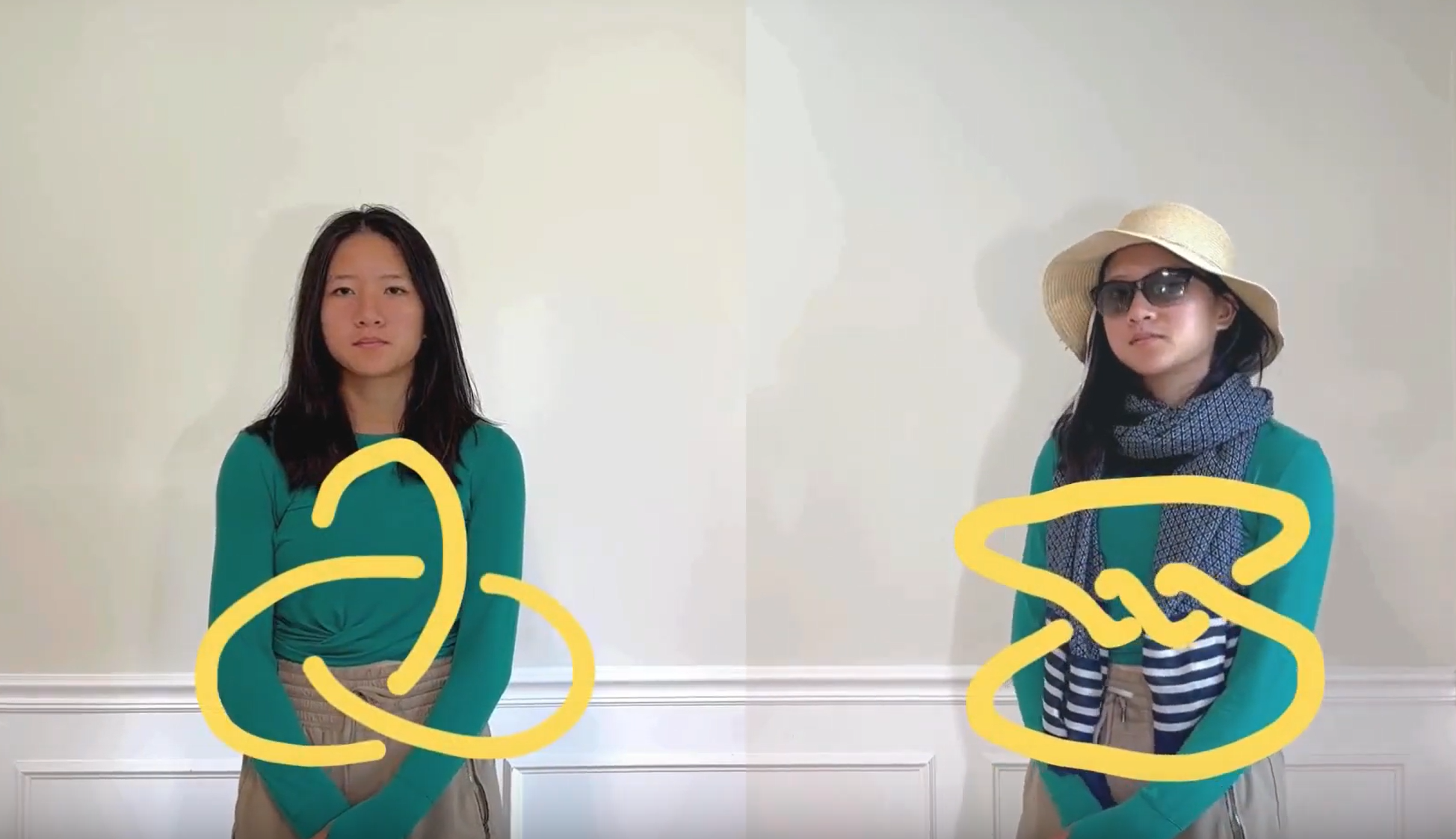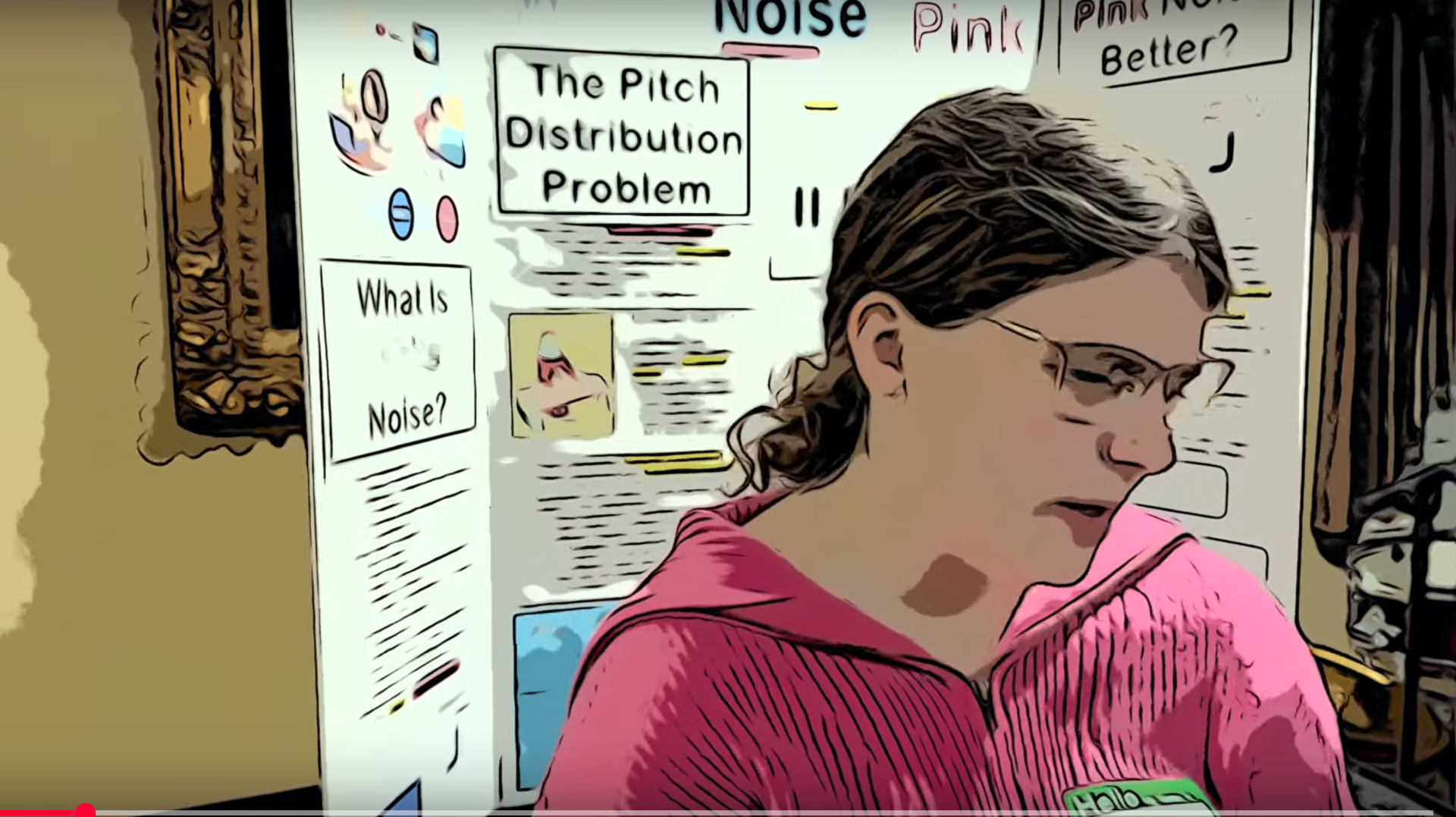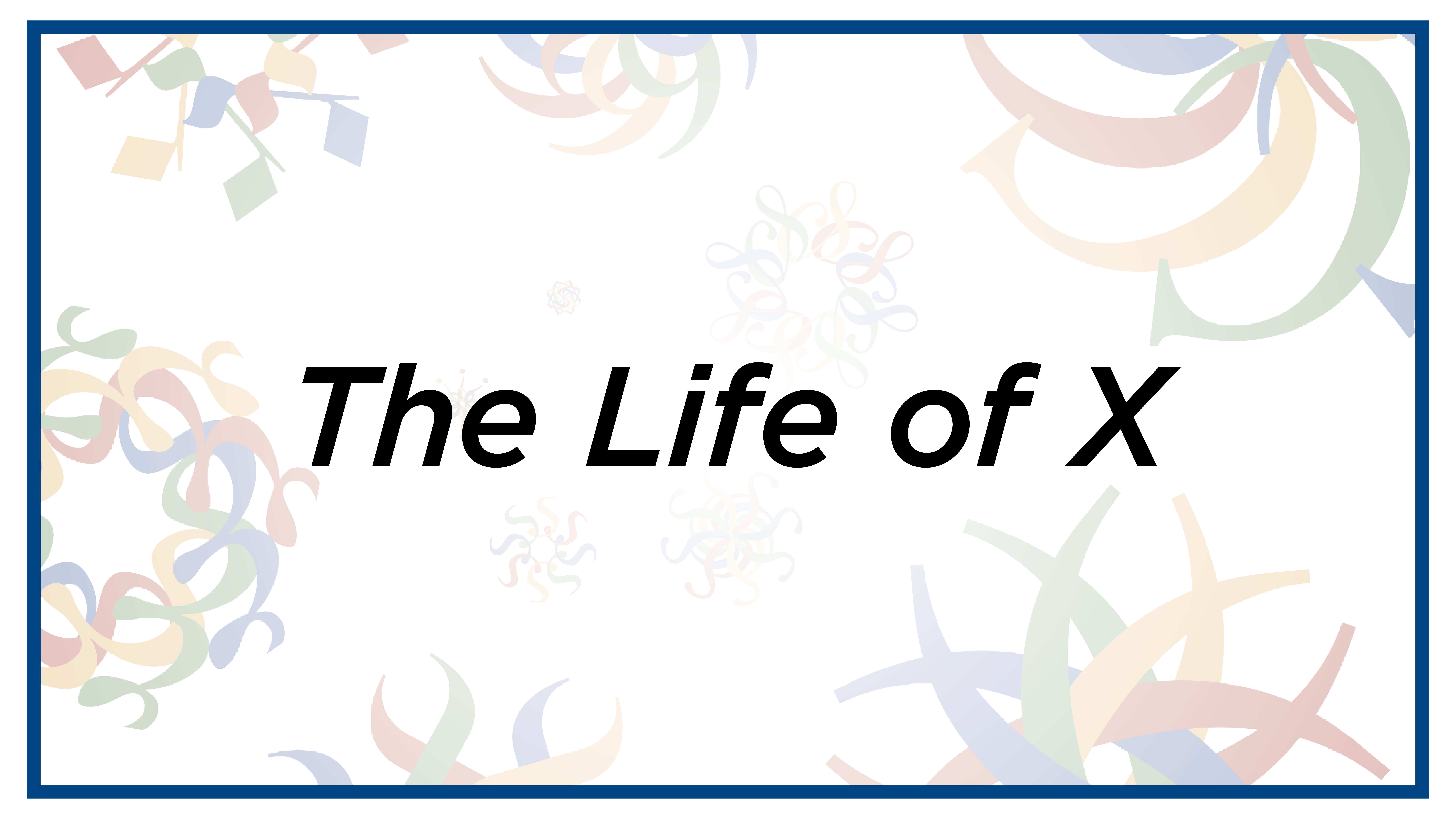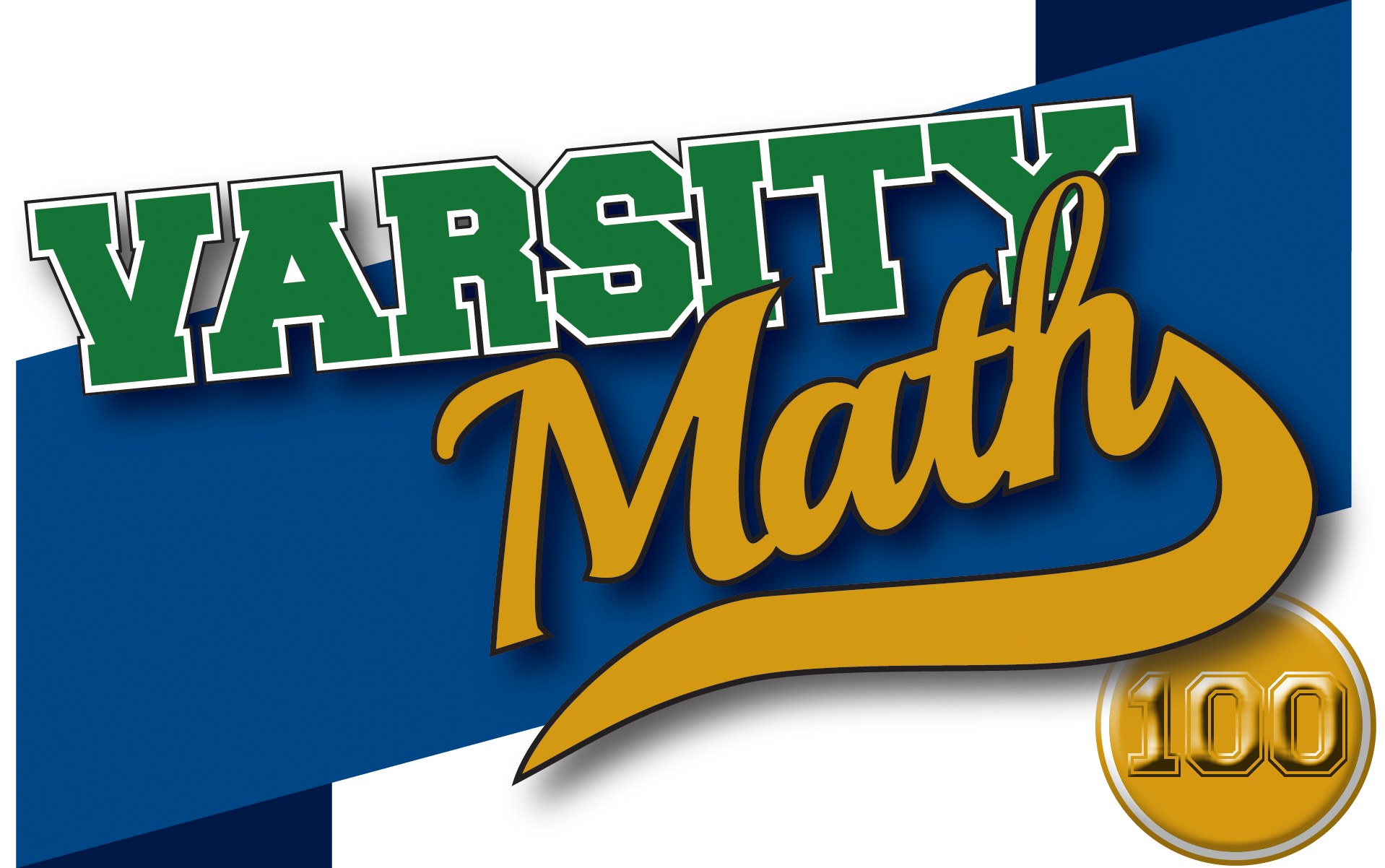
________________
________________
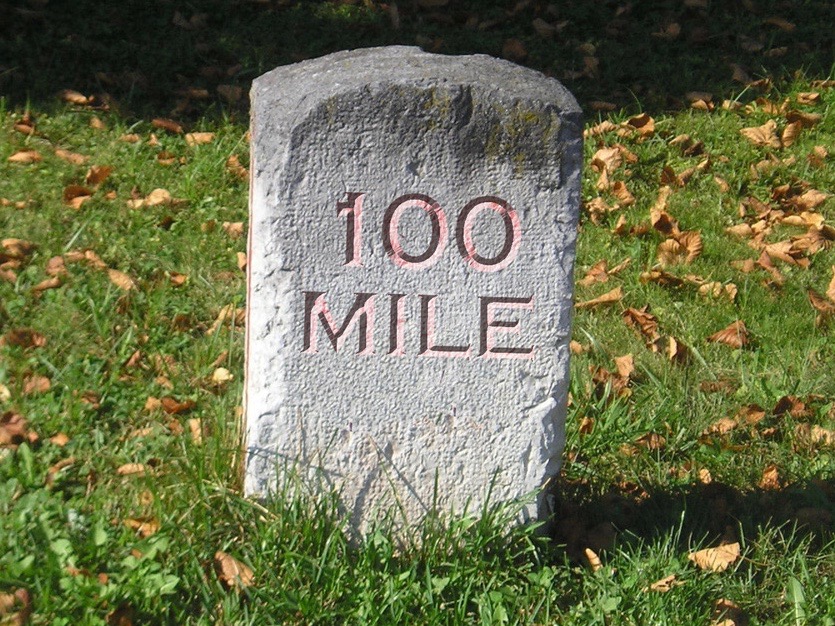
Average Triangle
Label the vertices of an equilateral triangle with three numbers, each between 0 and 2017. Then label the midpoint of each edge of the triangle with the average of the labels of the two vertices that edge connects. Connect these three midpoints to form a second equilateral triangle. Perform the same labeling/connecting process on the second equilateral triangle to form a third, and so on. Now, let’s assume you chose initial numbers so that the labels on the vertices of the twelfth equilateral triangle are all integers, the smallest of which is 100.
In that case, what is the largest label on the twelfth equilateral triangle?
Monotone 5
Call a number monotonous if its digits are in strictly ascending order, left to right. So for example, 359 is monotonous, but neither 2,446 nor 2,480 is. The smallest five-digit monotonous number is 12,345.
What is the 100th smallest five-digit monotonous number?
| Spread the word: | Tweet |
Solutions to week 99
Name That Card. Whatever cards Zane holds up and whatever information Zane states about those cards, there are only three possible responses from the spectator as to whether the card is in the group: “yes,” “no,” or “I can’t tell/there’s not enough information.” Thus, with two questions of this type, there are only three times three, or nine possible pairs of answers. So Zane could only possibly distinguish among nine different cards.
To finish the problem, we have to see if there are in fact two questions Zane can ask which allow him to distinguish among nine possible cards. It’s not too hard to discover that there are; one possible example is for Zane first to hold up the ace through four, and state “I am holding the ace, the two, the three, and one of the four, five, or six, for four cards in all.” Then for the second question, Zane holds up the ace, four, seven, and eight, and state “I a holding the ace, the four, the seven, and one of the two, the five, or the eight, for four cards in all.”. Each of the nine possible pairs of answers identifies one of the nine cards; for example “don’t know – don’t know” is the five and “no – yes” is the seven. Hence Zane can distinguish up to nine cards in this trick.
Big Reveal. Playing around with the numbers, you can discover that Tyne can manage with six posters. (There are actually two possible sets of labels; either 1, 3, 7, 9, 19, and 24 or 1, 4, 5, 11, 13, and 32 works.) You can make every sum from 1 to 52 using one, two, or three of either of these sets of numbers, possibly with repetitions. So the question becomes whether there might be a set of five numbers that works.
How many different selections of numbers to sum would there be with just five numbers? Well, you can have any number once, twice, or three times, for 15 possibilities; or you can have any number twice and a different number once, for 5×4 = 20 possibilities; or you can have three different numbers, for 5×4×3/3×2 = 10 possibilities; or you can have just two different numbers, for 5×4/2 = 10 possibilities. Hence, there are only 55 possibilities in all. That means if a set of numbers has four repeated sums, it can’t work, since we need to make 52 different sums.
Any set that works must contain the number one, since a single one is the only way to get that sum. Similarly, it must have two, three, or four, since otherwise it will be impossible to make the number four. We eliminate those possibilities in turn.
If there is a two, then we already have two repeats: 1+1 = 2 and 1+1+2 = 2+2. But there are also three other numbers, and for any one of them, say n, 1+1+n = 2+n is another repeat. So that’s already five repeats, so there can’t be a set of five posters with one and two.
If there is a three, then we already have one repeat: 1+1+1 = 3. We can’t have a four, because then we would have three more repeats with 1+3+n = 4+n. And we can’t have a five, since we would have 1+1+3 = 5 and 1+5 = 3+3 and 1+1+5 = 3+3+1. We can’t have a six, since 3+3 = 6 and we would get three more repeats with 3+3+n = 6+n. And if we have a seven, then we get two more repeats with 3+3+1 = 7 and 3+3+3 = 1+1+7. Any other repeat would be unworkable; so we cannot add any number that can be made from 1,3,7. Hence, no 8, 9, 10, or 11. Since we need some way to make 12, we would have to have a 12; but then we have a fatal fourth repeat with 1+12 = 3+3+7.
To summarize, if there is a one and a three, there can’t be 4, 5, 6, or 7. But then there would have to be an eight, because there is otherwise no way to make an eight (you can’t get it from just one and three). Then we have repeats 1+1+1 = 3 and 1+8 = 3+3+3. Two more repeats would eliminate a candidate. So 9 is out (3+3+3 = 9 and 1+8 = 9), 10 is out (1+1+8 = 10 and 1+10 = 3+8), 11 is out (3+8=11 and 1+3+8 = 1+11), 12 is out (1+3+8 = 12 and 1+1+12 = 3+3+8). But there is no way to make 13 from 1, 3, and 8, so there would have to be a 13, but now we have too many repeats: 1+13 = 3+3+8 and 3+13 = 8+8.
Hence, we conclude that a one and a three won’t work at all. So there must be a four, since there is no way to get four from just a one. What could the next number be? We go through the same process as we did with one and three. There can’t be a five, because then we have repeats 1+4 = 5 and three more from 1+4+n = 5+n. If there were a six, then we would have three repeats right away: 1+1+4 = 6, 1+1+6 = 4+4, 4+4+4 = 6+6. So we can’t have any numbers we can already make another way, which lets out 7, 8, 9, 10, 11, 12, 13, and 14. So we would be forced to have 15, since there’s no other way to make it, but then we immediately have another repeat: 1+15 = 4+6+6. So there is no six.
Since there is no five or six, there must be a seven because there is no other way to make seven from 1 and 4. That immediately gives us 1+7 = 4+4, and three more repeats from 1+7+n = 4+4+n.
So there is no way of generating all of the numbers from one to 52 with just five numbers, so Tyne requires six posters, labeled in either of the ways listed above.
Recent Weeks
Week 99: Name that Card & Big Reveal, solutions to Upsetting Tournament & Calm Playoff
Week 98: Upsetting Tournament & Calm Playoff, solutions to Passing Fancy & My Sort of Training
Week 97: Passing Fancy & My Sort of Training, solutions to Fair Share & Share and Share A-Different
Week 96: Fair Share & Share and Share A-Different, solutions to Proper Place & Earliest Bird
Week 95: Proper Place & Earliest Bird, solutions to Penny Race & Quirky Quads
Links to all of the puzzles and solutions are on the Complete Varsity Math page.
Come back next week for answers and more puzzles.


